A spring is an elastic device that stores potential energy while at rest, and applies a resistant force when compressed or stretched. Springs are a necessary component in many devices, machines, and systems. Springs are used to store and absorb energy and maintain force or tension in the applications for which they are designed. Read More…
R&L Spring Company manufactures custom spring and wire formed components for industries such as powersports, automotive, medical devices, and general industrial. Products include compression, extension, and torsion springs, as well as rings, wire forms, fourslide components, and long coils. Wire diameters available from .001" to .750" in both shaped wires and flat stocks. Their...
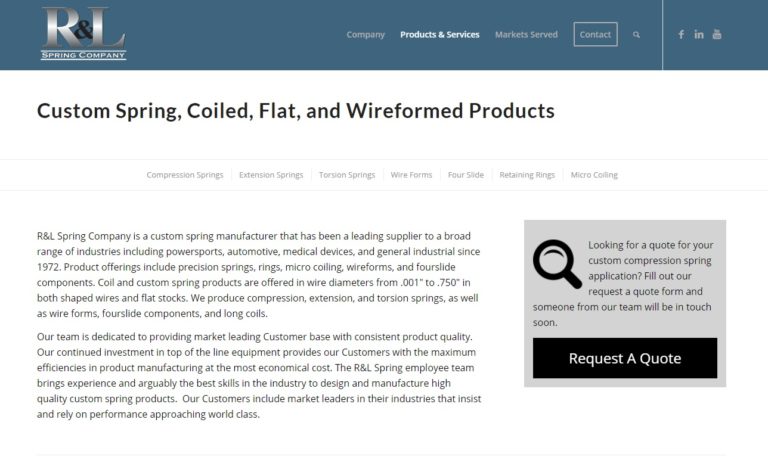
Coiling Technologies, Inc. has the experience and expertise to design and engineer the custom springs to meet your specific requirements. We are a leading manufacturer of high-tech, specialized springs and we are committed to providing quality products with fast lead times. Our automated process allows us to produce the reliable springs you need.
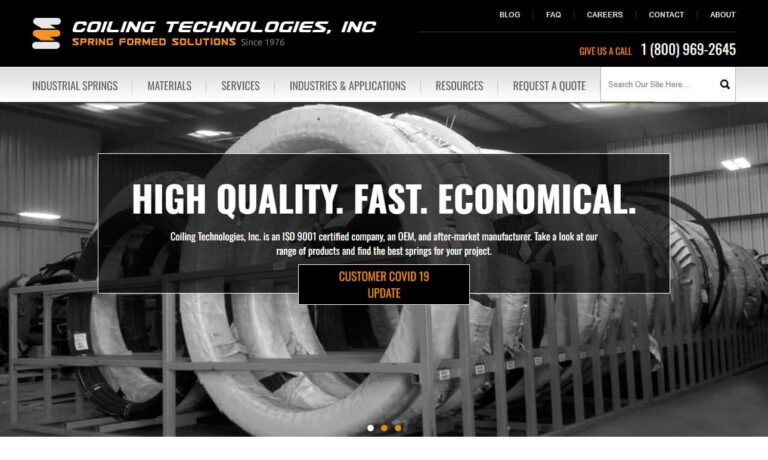
CUSTOM "Spring & Wire Form Specialists" - Ace Wire Spring & Form incorporates the latest CNC equipment technology to manufacture compression, extension, torsion springs, complex wire forms, and spring assemblies. We offer consistent quality, lower costs, on-time deliveries, and Design Engineering Assistance. Range from prototypes to long production runs - Women owned & operated since 1939. Let...
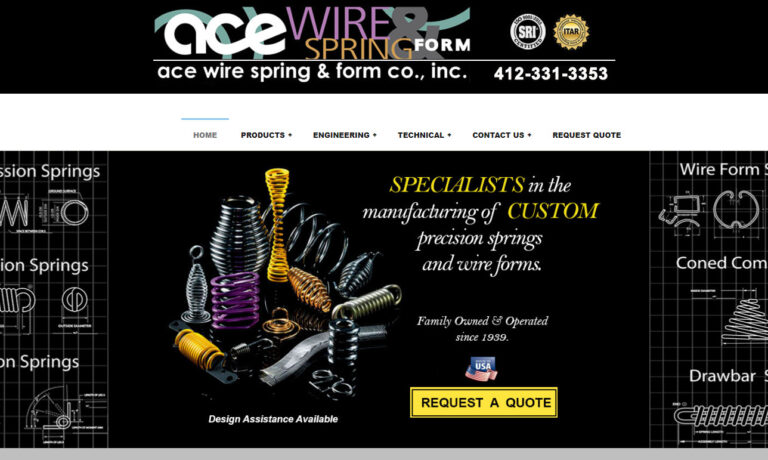
At Sterling Springs LLC, we specialize in manufacturing a wide variety of high-quality springs for various industries and applications. Our product line includes compression springs, coil springs, torsion springs, extension springs, and industrial springs. We take pride in our capabilities to produce springs in a wide range of sizes and shapes, from tiny springs for delicate medical devices to...

We offer years of combined experience and also provide production control, purchasing, and sales. We encourage creativity and empower both employees and customers. Our one-of-a-kind company provides many benefits for all our springs customers.
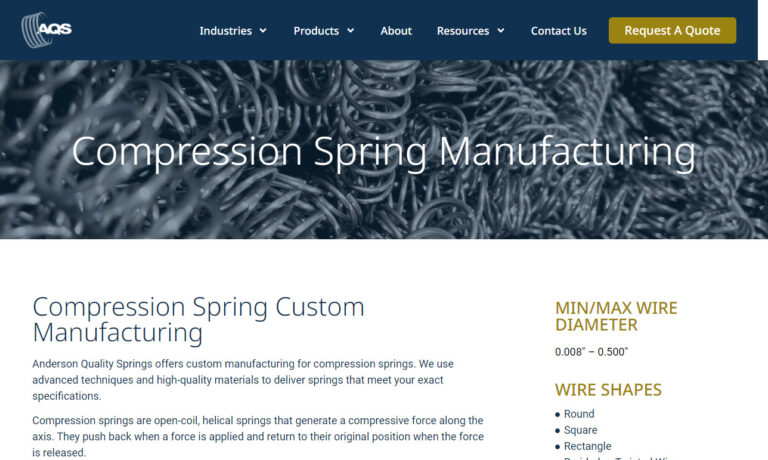
An ISO 9002-registered company, Elyria Spring & Specialty is dedicated to giving you high-quality solutions to your spring needs. We manufacture custom compression springs, torsion springs, extension springs and flat springs at competitive prices. Call today for more information!

New England Spring was founded in 1866. We originally manufactured products such as pulleys & pillow blocks, which are now featured at the Smithsonian in the Industrial Revolution Exhibit. Currently we are distributing industrial springs. These include coil springs, flat springs, compression springs, metal springs, extension springs & torsion springs. Let us help you find the right spring for you.

More Spring Manufacturers
A spring functions as a resilient mechanism that stores potential energy in its quiescent state and exerts opposing force when compressed or stretched. Found essential in numerous devices, machines, and systems, springs serve to both store and dissipate energy, maintaining crucial force and tension specific to their applications. Their utility spans diverse uses such as in circuit breakers, ballpoint pens, paper clips, solenoid valves, writing instruments, medical devices, electronic lock systems, precision MEMS components, and electronics. In industrial settings, they even fortify foundations against seismic activity for towering structures.
Technically, springs represent elastic objects that store mechanical energy. Often simply referred to as coil springs in manufacturing, they encompass various types like compression, torsion, and extension springs.
Springs find application across wide-ranging industries including medicine, healthcare, food service, transportation, electronics, security, nanotechnology, architecture, and equipment.
The History of Springs
The early history of springs remains shrouded in mystery, with scant recorded information. Our insights into their origins largely stem from unearthed artifacts. For instance, during the Bronze Age, humans crafted one of the earliest spring-based tools: the tweezer. These implements featured two metal strips with a brazed plate between them. Other innovations from that era included pincer pliers and simple tongs, all leveraging spring mechanics.
Moving into the Iron Age, King Tutankhamun utilized leaf springs to enhance the performance and longevity of his chariots. By the 1700s, the French had integrated leaf springs into their carriages as well.
In 1493, Leonardo da Vinci pioneered the use of a hammer spring in firearms, enabling single-handed shooting. His ingenuity marked a milestone in spring technology. Nearly two centuries later, British physicist Robert Hooke formulated Hooke’s Law in 1680, this states that “the amount of force (F) required to extend or compress a spring by some distance (X) is linearly proportional to the distance, where the constant (k) represents its stiffness.” When you apply pressure, the force develops into stress. The stress then creates deformation, known as stress. The official formula for Hooke’s Law is: F=kX.
The evolution continued in 1763 when R. Tradwell invented the a href=”https://www.springmanufacturer.com/coil-springs/”>coiled spring , a revolutionary advancement over the high-maintenance leaf springs of the time. This new design required less upkeep and minimized squeaking.
During the Industrial Revolution’s peak in 1857, the steel coil spring received a U.S. patent for its application in chair seats. Then, in 1871, German inventor Heinrich Westphal introduced the innerspring mattress, though he tragically did not reap financial rewards from his invention.
Fast forward to 1943, when naval engineer Richard James stumbled upon the idea for the Slinky, a coil spring initially designed to steady ship instruments. Its unexpected “walking” movement inspired its name, coined by Richard’s wife, Betty, due to its smooth, graceful motion.
Since those early innovations, advancements in metalworking and heat treatment have propelled spring manufacturing forward. Today, springs come in myriad shapes and sizes, offering greater load resistance and durability than ever before.
Spring Design
Materials
Spring manufacturers utilize a diverse array of materials for their products, including tempered steel, spring steel, cold spring steel, music wire, stainless steel, magnet wire, hastelloy, molybdenum, titanium, copper, bronze, and thermoplastics. The choice of material depends on the specific application and production method. For instance, spring steel is favored for its elastic properties and high yield strength. Music wire is popular due to its consistent strength and cost-effectiveness. Stainless steel finds widespread use in industries like pharmaceuticals and food processing for its chemical resistance and easy sterilization. In environments requiring corrosion resistance and noise reduction, thermoplastics are preferred. For applications dealing with sudden heavy loads, braided wire materials are often chosen.
Production
Springs are manufactured using either cold rolling or hot rolling processes. Cold rolling accommodates wires up to 5/8” in diameter, while hot rolling allows for the fabrication of springs from straight bars of steel up to 6” in diameter, ideal for shock absorption. Lightweight micro wires, as fine as .01” or .002”, are used for specialized applications. Manufacturers also shape stronger springs using flat and square wires, alongside round wires and tubular stock. Industrial springs are typically made from thicker wires, whereas smaller springs require flexible, thin wires that are sometimes invisible to the naked eye.
A common method for spring production involves winding wire around a metal blank, adaptable for creating products like electrical coils using conductive wire. CNC programmable machines are essential for precision in these designs. The choice of metal significantly influences the compressibility of the final product.
Considerations and Customization
In designing and customizing spring, manufacturers meticulously consider factors such as projected spring rate, physical dimensions, and anticipated load requirements. These aspects dictate the material selection, size, and functionality of the spring, impacting the potential energy it can store. Calculating the number of active coils ensures optimal load handling. To tailor springs perfectly to specific applications, manufacturers may incorporate surface treatments, coatings, hardening processes, coloring, and other treatments to enhance resistance against corrosion and wear.
Types of Springs
Springs come in various styles, each serving unique purposes. They include compression springs, extension springs, torsion springs, and flat springs. Additionally, there are specialized types such as coil springs (also known as helical springs), leaf springs, constant force springs, conical springs, and gas springs.
Coil Spring
Coil springs, also referred to as helical springs, derive their name from their production method—winding spring wire around a cylinder to form a helix. These springs are typically crafted from steel or stainless steel, offering resilience across different applications. Compression springs, extension springs, and torsion springs all fall under this category.
Compression Spring
Compression springs cushion downward forces, providing shock absorption. Examples include bed springs and those used in suspension systems for vehicles. They resist external pressure through their metal wire construction, with factors like elasticity, coil diameter, and spring coefficient determining their stiffness.
Extension Spring
Extension springs elongate and resist pulling forces, commonly seen in applications like screen doors. They play a crucial role in devices such as medical equipment and mechanical components, with specifications like free length and material choice critical for optimal performance.
Torsion Spring
Torsion springs exert torque along a circular arc, resisting rotational forces. They find use in mechanisms like mousetraps and are integral to industries ranging from automotive to electronics, with material selection crucial for their application.
The torsion spring is a variant of the spiral spring. What differentiates this type of spring from compression spring is the fact that they provide resistance to rotating external forces. The ends of this spring are usually attached to other components and will resist when external forces rotate around the center of the spring. It has applications in many fields, such as computer, electronics, automotive, and other mechanical industries. The material used to create it would be different depending on the usage, therefore it is advised to consult with an expert.
Flat Spring
Unlike coiled springs, flat springs are made from flattened strips of metal or plastic, curved to absorb shocks and resist deformation. Leaf springs, a type of flat spring, are prevalent in heavy vehicles like trucks for their durability and load-bearing capacity.
Constant Force Spring
Combining flat and coil spring principles, constant force springs consist of coiled sheet metal retaining a consistent energy output during extension and retraction. They’re vital in applications requiring continuous kinetic energy, from gardening tools to electric motors.
Conical Spring
Conical springs, tapering from a wide base to a narrow top, maintain a nearly constant spring rate under compression. They offer stability and minimal deflection, suited for uses such as electrical contacts and push buttons, often made from materials like copper or stainless steel.
Gas Spring
Gas springs use compressed gas for energy storage, operating via a sealed container with a piston. They withstand parallel external forces and are common in automotive, aerospace, medical, and industrial applications, offering reliable support in various mechanical systems and furniture designs.
Advantages of Springs
Springs offer distinct advantages over alternative mechanisms with similar functions. Their primary strength lies in their ability to store mechanical energy upon deformation and release it upon removal of force. This characteristic makes them indispensable in applications such as shock absorption, suspension systems, and energy storage. While materials like rubber or elastomers can absorb shock, they often lack the energy storage capacity and durability under repetitive stress that springs provide.
In contrast to rigid mechanical linkages, springs offer a more forgiving and flexible response to varying loads and forces. This flexibility mitigates damage from sudden impacts or intense vibrations, unlike rigid linkages which can transfer excessive forces, potentially causing system failures or reduced durability.
Versatility and adjustability are additional hallmarks of springs. By varying materials, wire diameters, and coil configurations, springs can be customized to adjust stiffness, damping, and load-bearing capacity, meeting specific needs efficiently. Such adaptability is challenging to achieve with fixed or solid components.
Moreover, springs boast simpler designs and require less maintenance compared to complex hydraulic or pneumatic systems. Their reliability and cost-effectiveness make them a practical choice across diverse applications.
In summary, springs excel where other mechanisms falter due to their superior energy storage, flexibility under load, simplicity, and cost-effectiveness. While alternative mechanisms may suit specific scenarios, springs remain fundamental and widely preferred for overcoming mechanical challenges.
Spring Accessories
Accessories and hardware play pivotal roles in enhancing the performance and versatility of springs across diverse applications. Here’s a breakdown of these essential components:
Spring Mounts/Seats
Spring mounts or seats securely position springs within mechanical systems, offering stable alignment and preventing lateral movement. They distribute loads evenly, reducing stress concentrations and boosting overall durability and performance.
Coil Spring Isolators
Coil spring isolators, also known as shock mounts, isolate springs from surrounding structures, minimizing vibrations and noise transmission. Crucial in automotive suspensions and industrial machinery, they effectively dampen unwanted oscillations.
Felt Inserts
Inserted between spring coils, felt inserts reduce friction and noise during compression and extension. They ensure smooth operation by preventing metal-on-metal contact and potential wear.
Ball Studs
Ball studs enable pivoting connections between springs and components, facilitating angular movement. Common in automotive suspensions, they maintain stable wheel-to-chassis connections while accommodating dynamic shifts.
End Fittings
End fittings, such as hooks or loops, attach to spring ends for seamless integration into surrounding structures. They vary based on application specifics, ensuring robust connections tailored to operational demands.
Choosing the right accessories hinges on several factors: intended use, load requirements, environmental conditions, and desired performance. Consulting with engineering experts ensures optimal functionality and longevity of the spring system. Rigorous testing under varied conditions refines accessory selection, ensuring dependable performance tailored to specific needs.
Proper Care for Springs
Ensuring the longevity and optimal performance of springs requires diligent care and maintenance. Regular inspections are critical, as they help identify early signs of wear, damage, or corrosion, allowing for timely intervention to prevent further deterioration and potential failure. Lubrication is another key aspect, reducing friction between coils to minimize wear and ensure smooth operation, particularly in dynamic applications. It is essential to avoid overloading springs beyond their specified capacity, as excessive loads can cause premature failure. In corrosive environments, using protective coatings or materials can safeguard against corrosion and maintain the spring’s structural integrity. Temperature also plays a significant role; extreme temperatures can alter the properties of the spring material. Proper installation is necessary to prevent misalignment and stress concentration, which can compromise performance. Moreover, optimal design tailored to the specific application is crucial for reliable and efficient operation. Storing springs in a clean, dry environment when not in use prevents contamination and preserves their original properties. By adhering to these care guidelines, users can ensure that their springs operate efficiently, last longer, and avoid costly replacements or downtime due to premature failures.
Standards for Springs
Various industry and governmental agencies play a pivotal role in setting standards for springs, ensuring their safety, performance, and compatibility across different applications. Some of the prominent organizations involved in establishing standards for springs include SAE (Society of Automotive Engineers), ASTM International (formerly known as American Society for Testing and Materials), ISO (International Organization for Standardization), and AISI (American Iron and Steel Institute). Let’s delve into the role each of these organizations plays regarding springs in greater detail.
SAE
SAE establishes standards specifically focused on automotive engineering and technology. They set guidelines for various spring applications in vehicles, such as suspension systems, engine components, and braking systems, ensuring that springs meet rigorous safety and performance criteria for automotive use.
ASTM International
ASTM develops and publishes voluntary consensus technical standards for a wide range of materials, products, systems, and services. Their standards cover spring materials, manufacturing processes, and testing procedures to ensure that springs meet quality, performance, and safety requirements across industries.
ISO
ISO is an international standard-setting body that develops and publishes standards to promote international trade and ensure product quality, safety, and efficiency. ISO standards related to springs cover various aspects, including dimensions, materials, testing methods, and performance requirements, ensuring global compatibility and interchangeability.
AISI
AISI focuses on standards related to iron and steel, including those used in spring manufacturing. Their standards ensure that spring materials meet specific strength, ductility, and other mechanical properties necessary for optimal spring performance.
These agencies have a substantial impact on the production and use of springs. Compliance with these standards provides manufacturers and users with clear guidelines for material selection, manufacturing processes, and testing methods. Adhering to these standards ensures that springs are safe, reliable, and consistent, regardless of the application or industry. Meeting the established standards also promotes compatibility and interchangeability, allowing springs from different manufacturers to be used interchangeably, reducing costs, and facilitating efficient supply chains.
Failure to meet these standards can have serious consequences. Non-compliant springs may not perform as expected, leading to safety hazards, increased risk of failure, and potential damage to equipment or systems. In industries like automotive and aerospace, where precision and reliability are critical, using non-compliant springs may lead to accidents and legal liabilities.
On the other hand, complying with these standards offers numerous benefits. For manufacturers, it enhances the credibility and marketability of their products, fostering customer trust and satisfaction. For users, it ensures that springs meet specific quality and performance requirements, leading to improved safety and overall system reliability. Additionally, compliance with international standards facilitates global trade and promotes product interoperability, making it easier for companies to operate on an international scale.
In conclusion, the standards set by organizations like SAE, ASTM, ISO, and AISI have a significant impact on the production and use of springs. Complying with these standards ensures safety, reliability, and consistency, while non-compliance can lead to potential hazards and legal repercussions. Following industry standards is beneficial for both manufacturers and users, fostering trust, reliability, and efficiency in the spring industry.
Things to Consider Regarding Springs
Springs, though simple in design, pack a powerful punch. Partnering with an experienced and reliable manufacturer who understands your needs is crucial to achieving optimal results. To help you begin this journey, we’ve compiled a comprehensive list of industry leaders capable of meeting a wide range of requirements. Here’s our advice to help you make an informed decision:
First, create a detailed list of your specifications, requirements, and questions. Be sure to include the specifics of your application, the projected load weight for your spring, the physical dimensions of the product your spring will support, environmental details (such as corrosive conditions, outdoor exposure, or sterile environments), your budget, your deadline, and your delivery preferences.
With your list in hand, select three or four manufacturers from our list who best match your needs. Contact each of them individually and discuss your application thoroughly. Leave no detail unexamined; a quality manufacturer will appreciate your thoroughness and ensure mutual understanding.
After these discussions, compare your experiences. Consider which manufacturer provided the best customer service and which one demonstrated the most suitable capabilities for your project. The ideal manufacturer will excel in both manufacturing prowess and customer service. We’re confident that the right fit is among these leaders. Good luck!

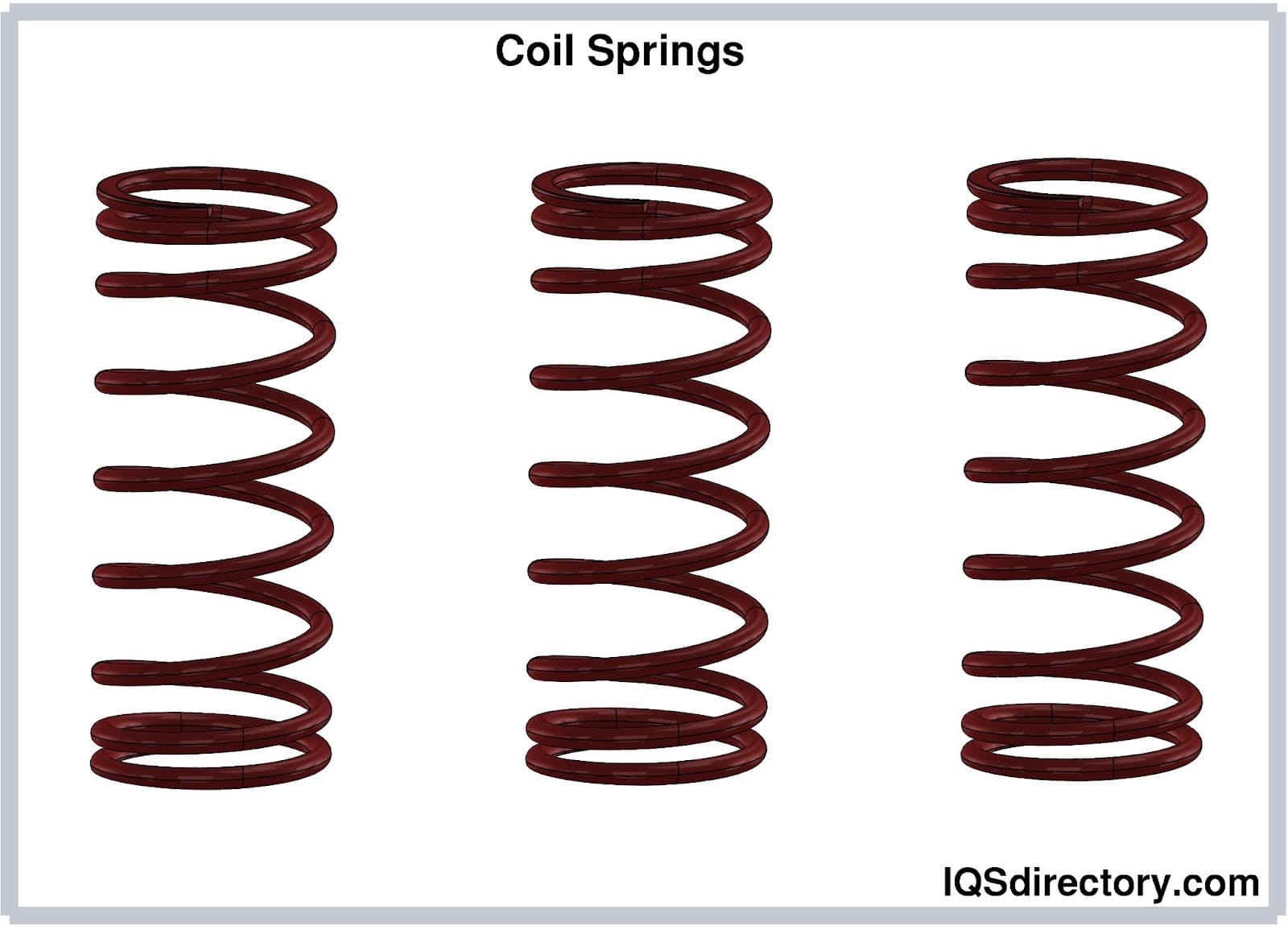
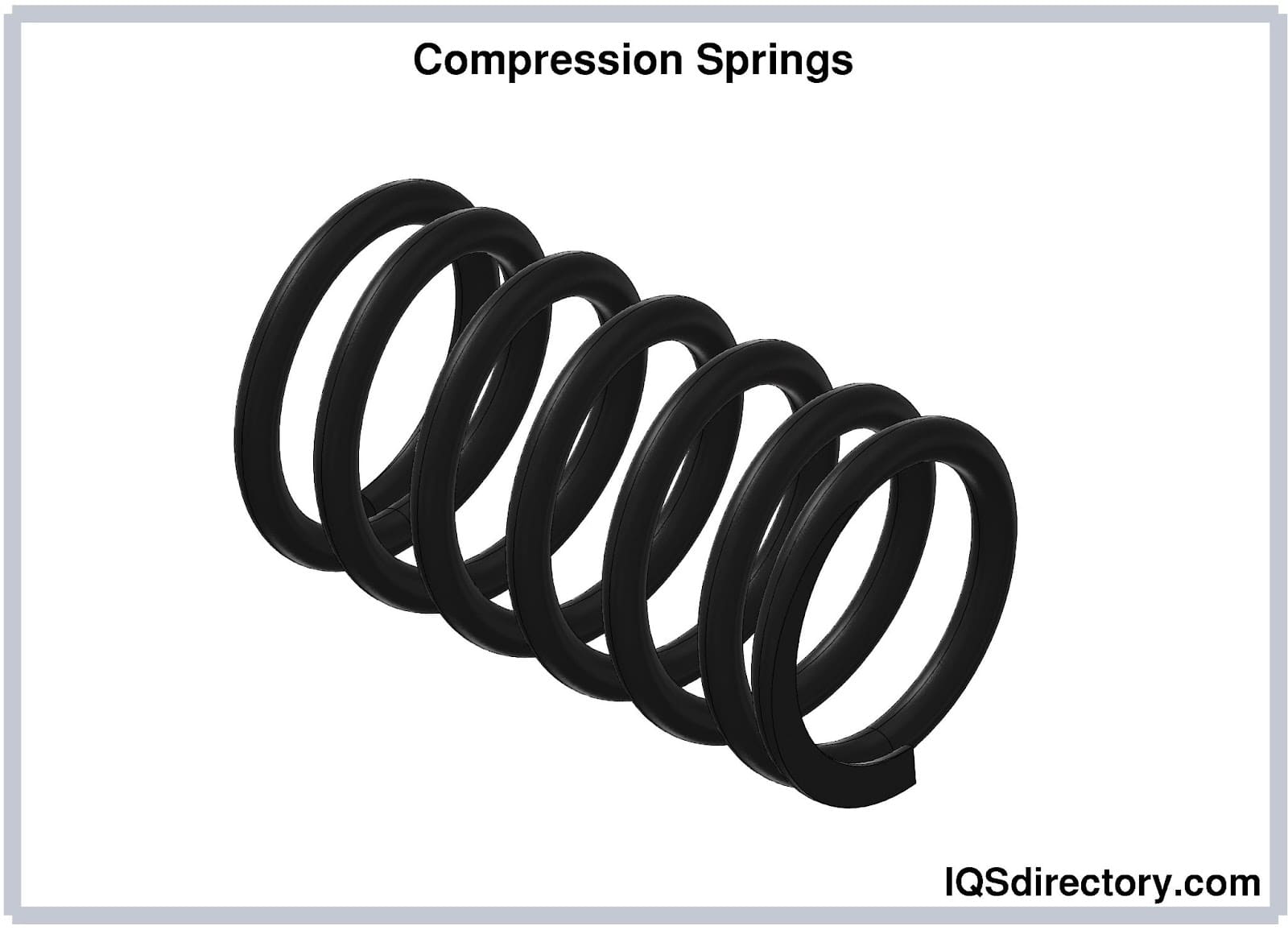
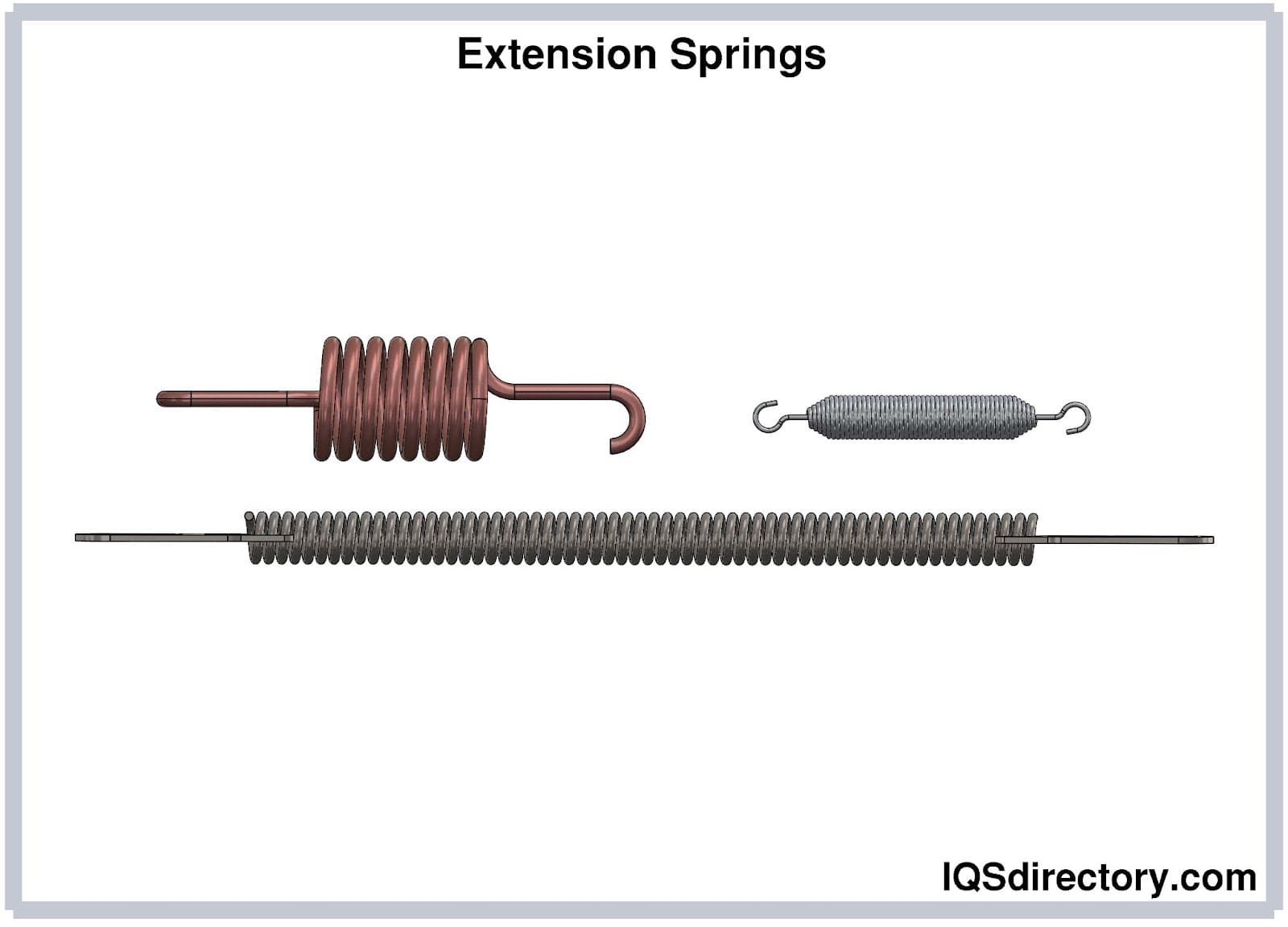
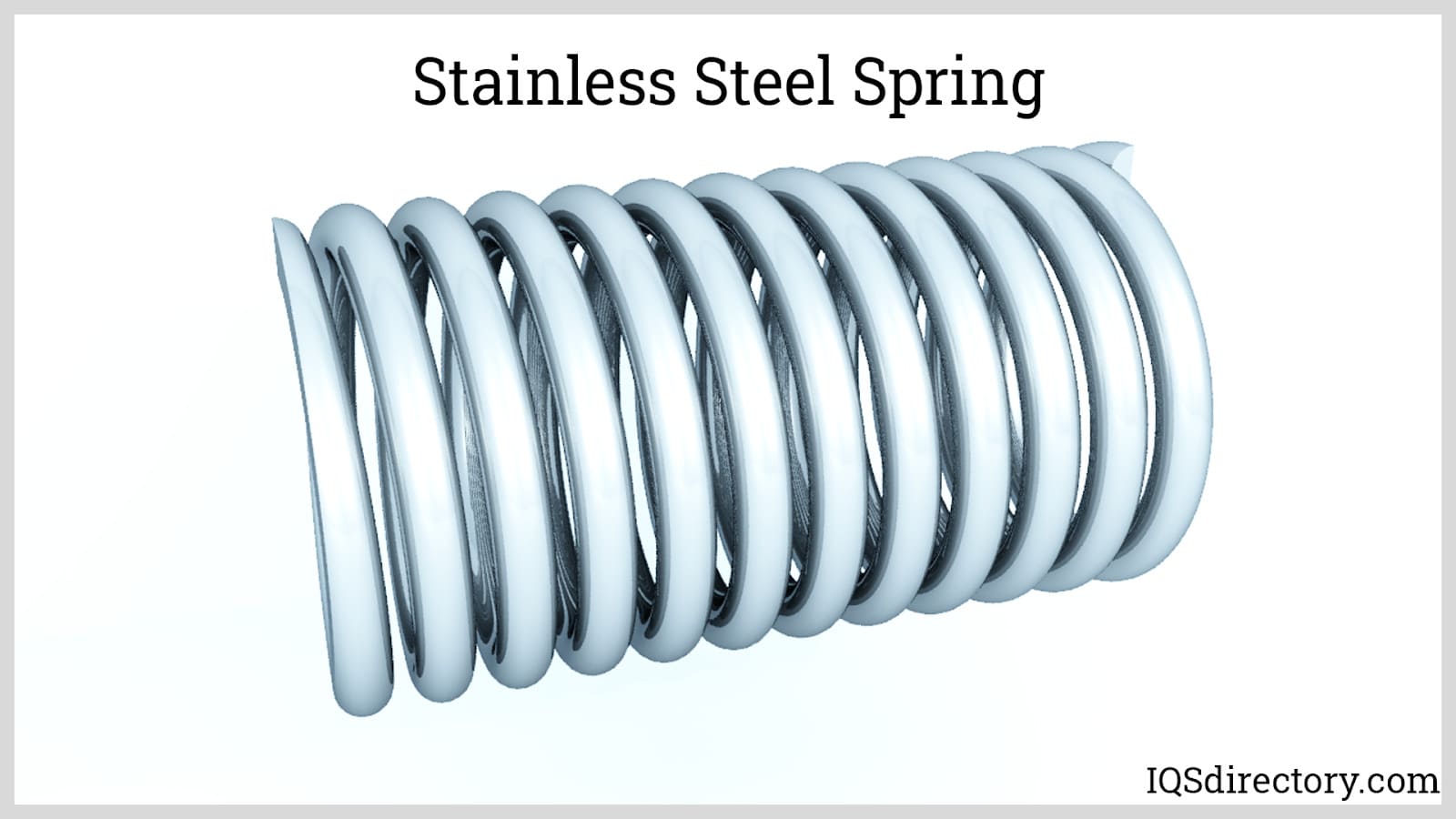
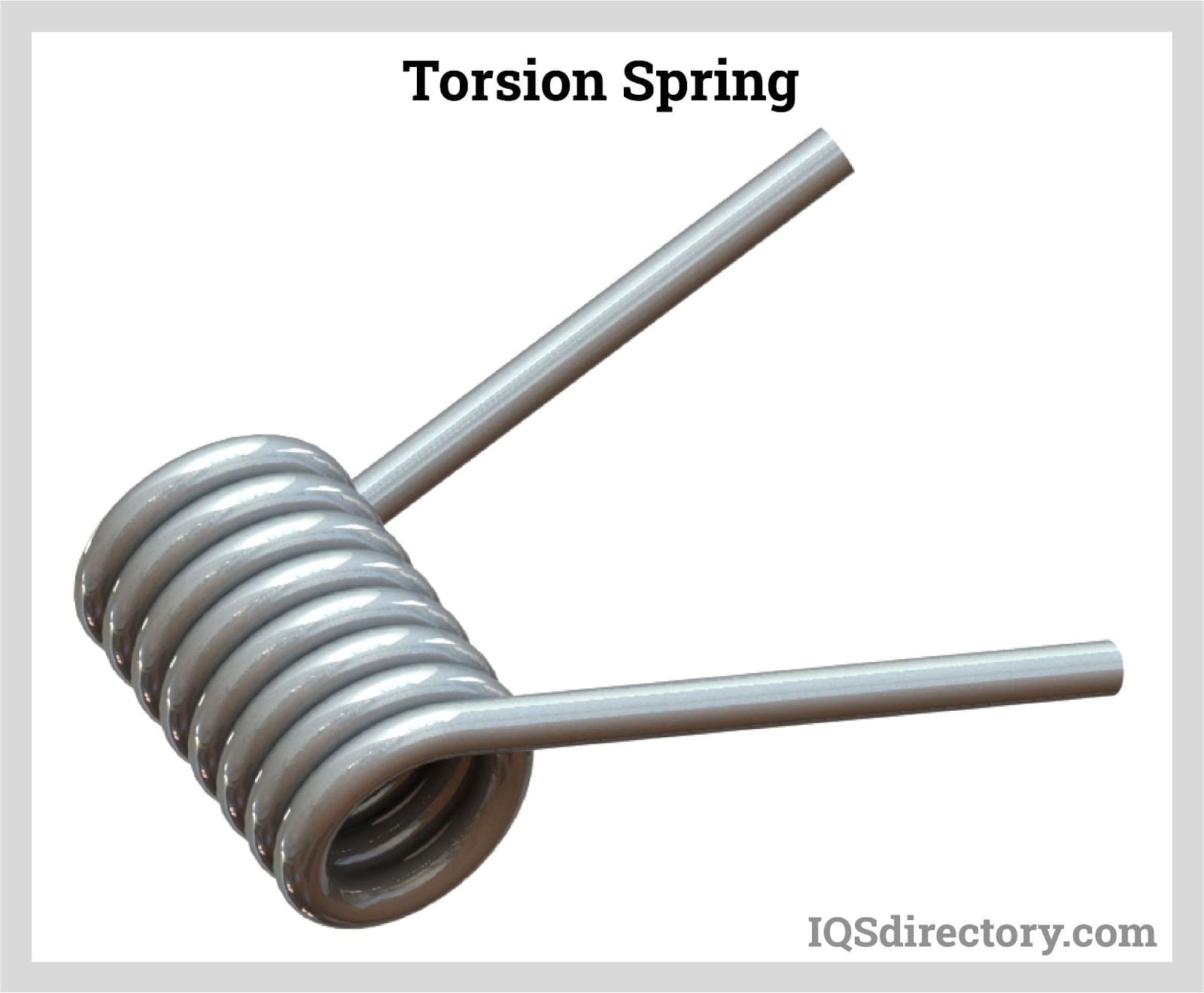
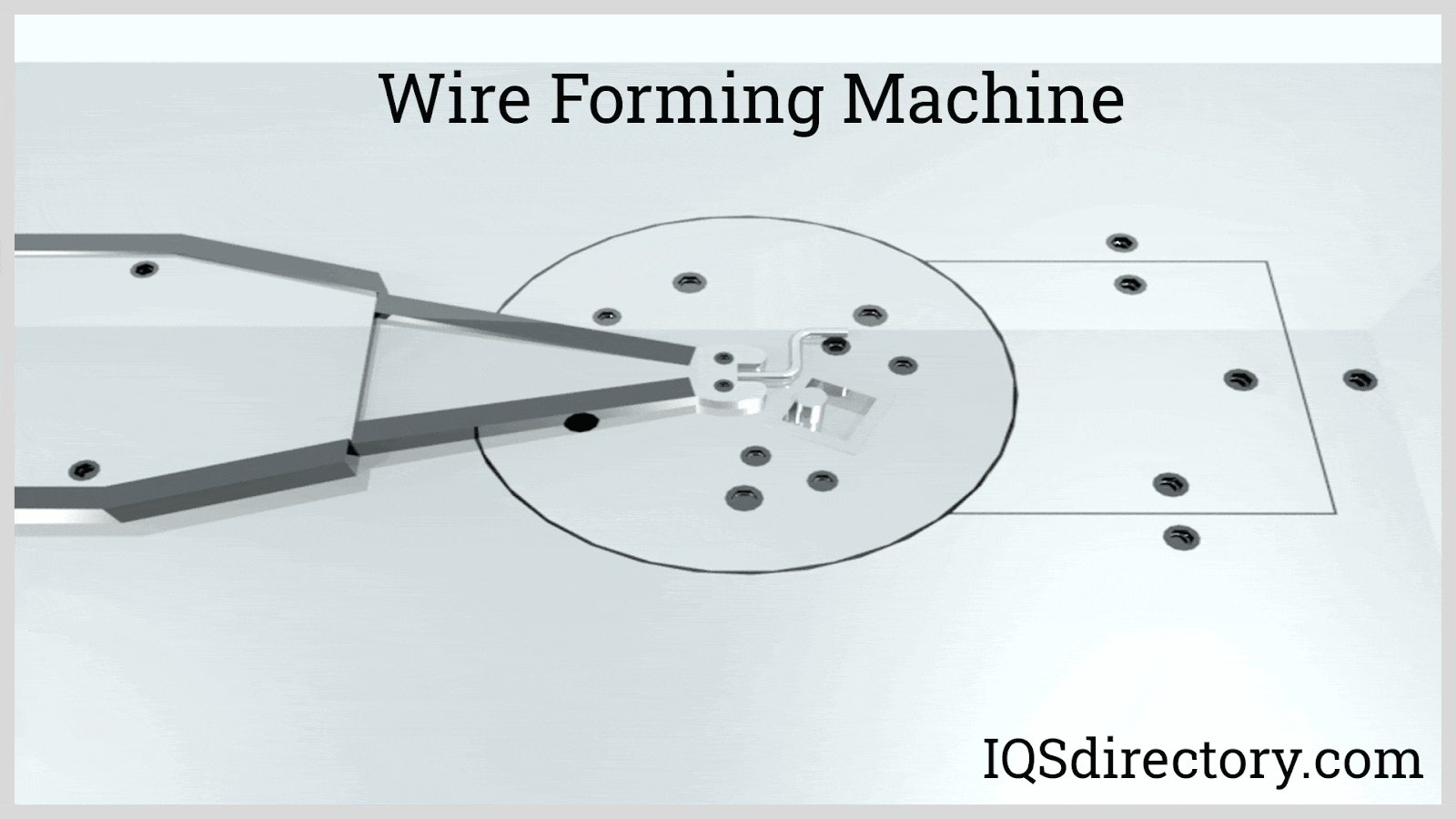
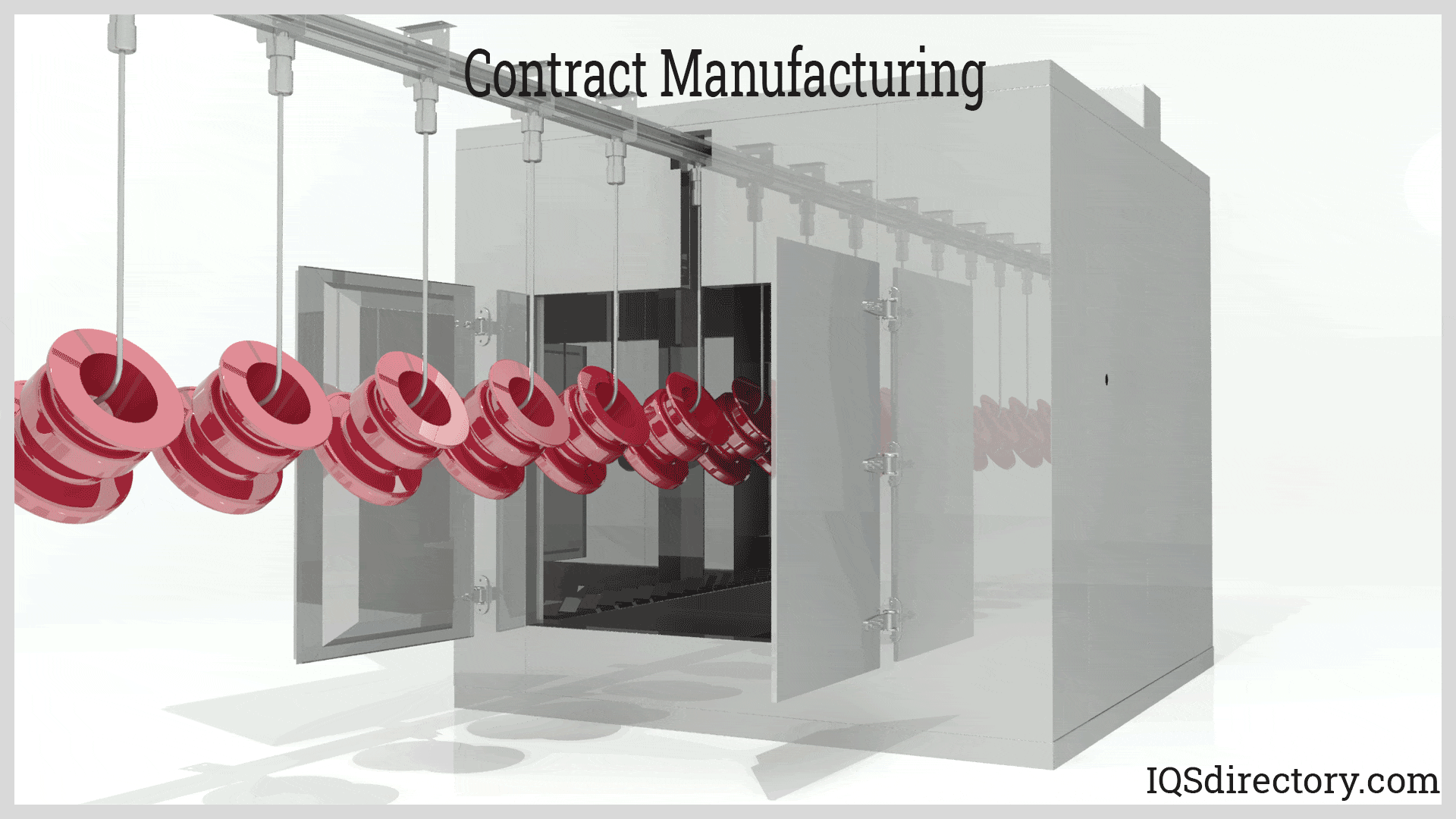
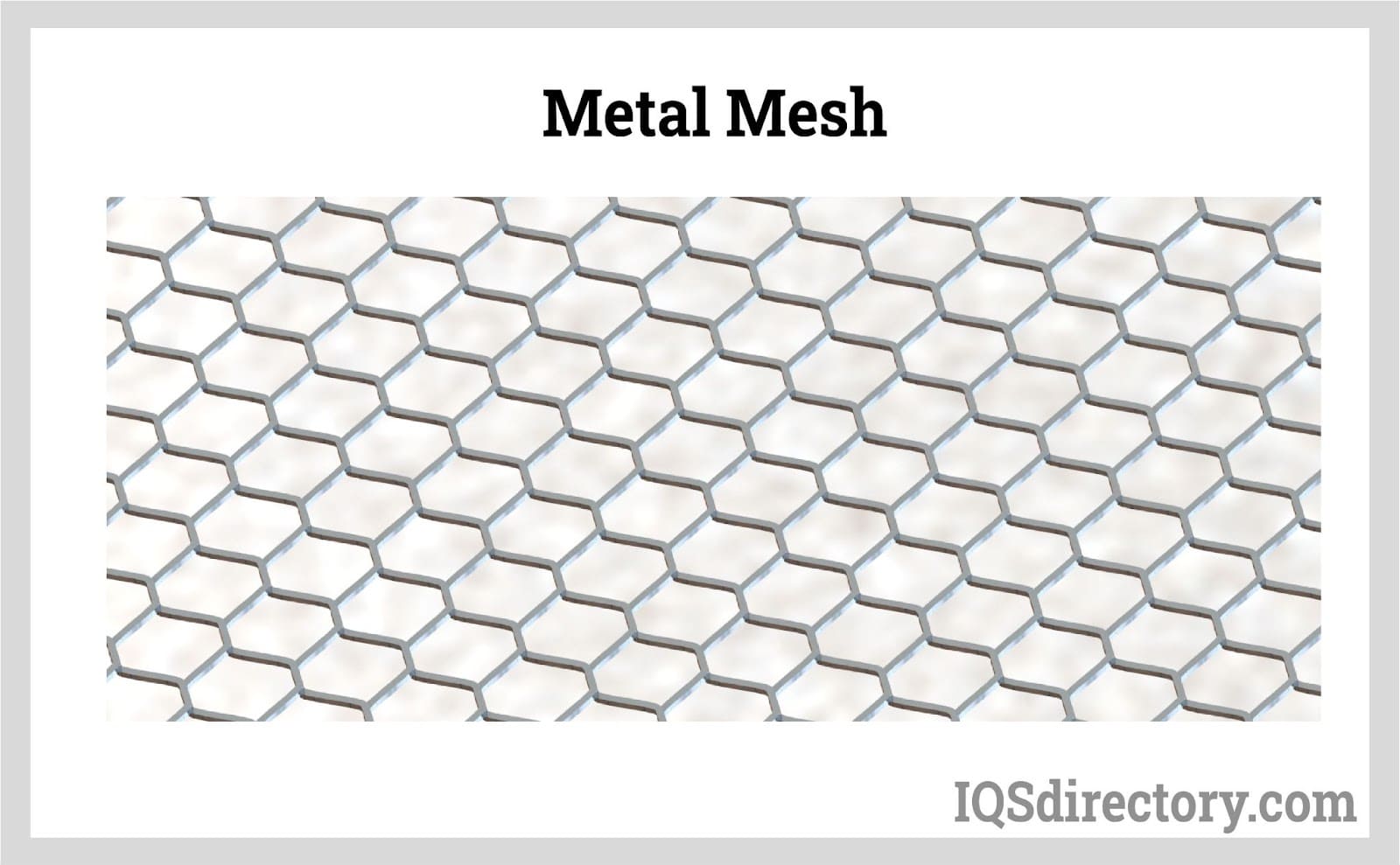
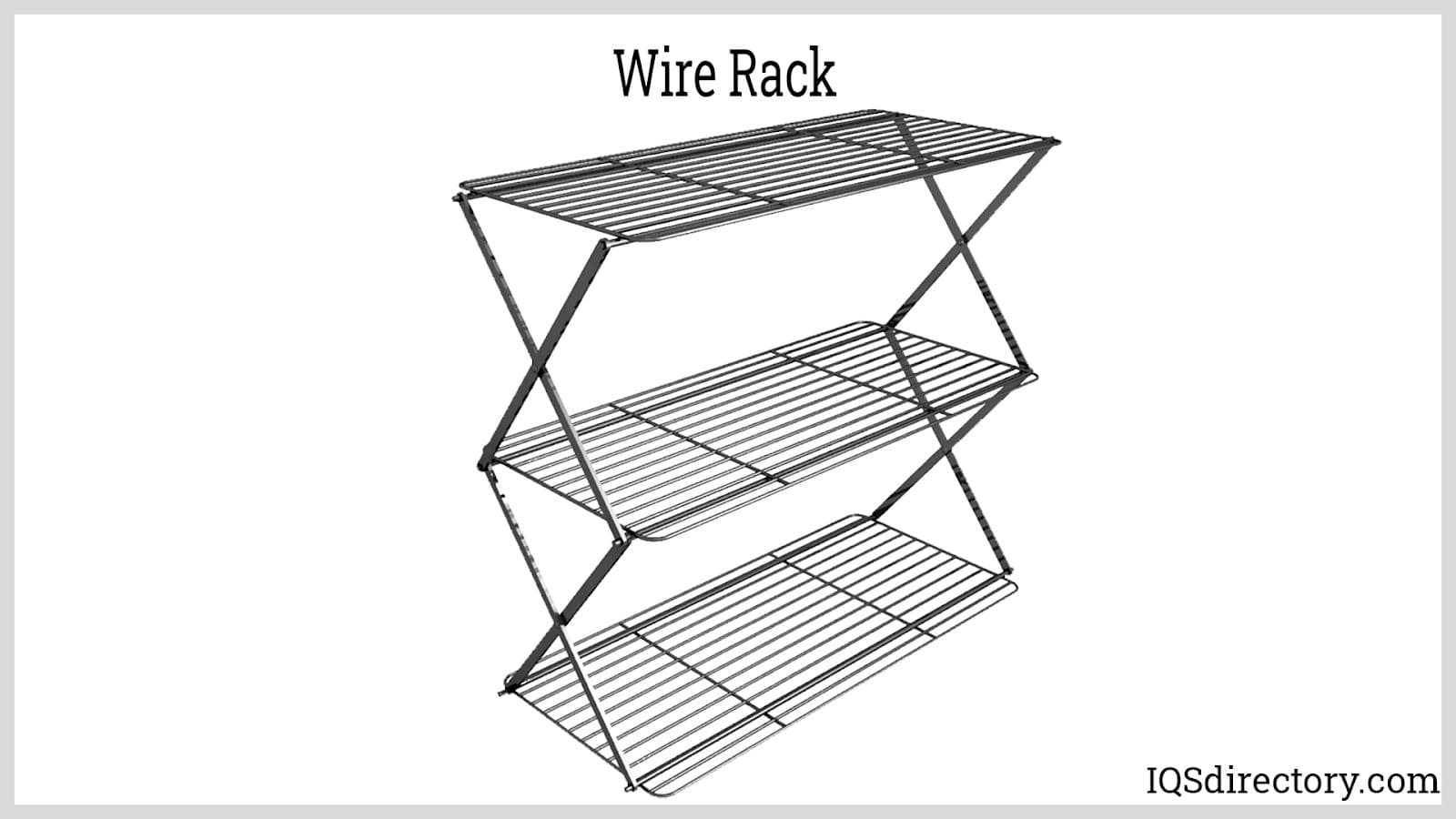
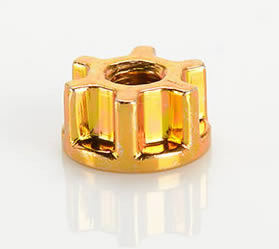 Cold Headed Parts
Cold Headed Parts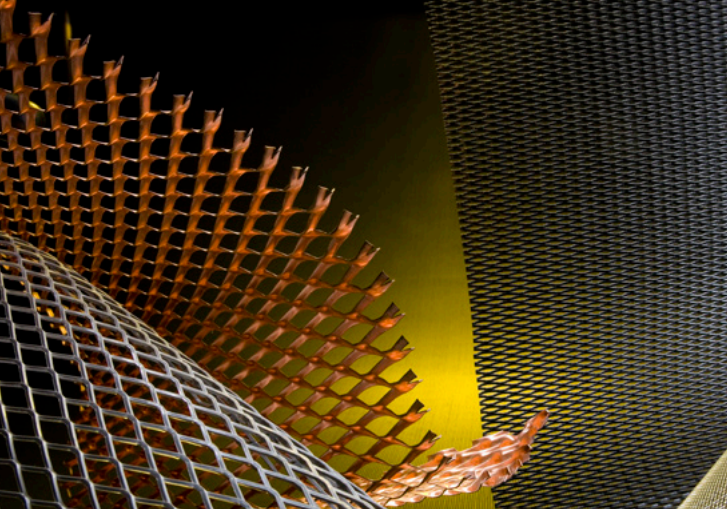 Expanded Metals
Expanded Metals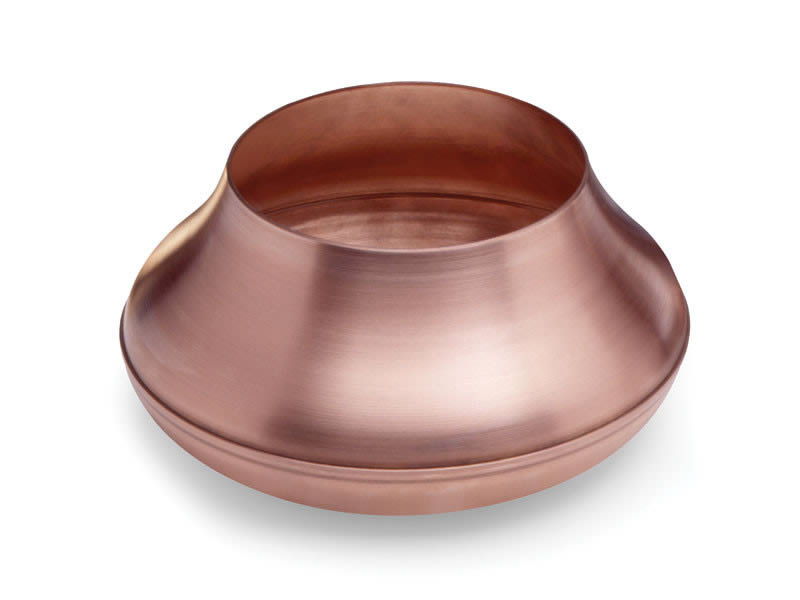 Metal Spinning
Metal Spinning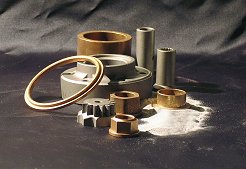 Powdered Metal Parts
Powdered Metal Parts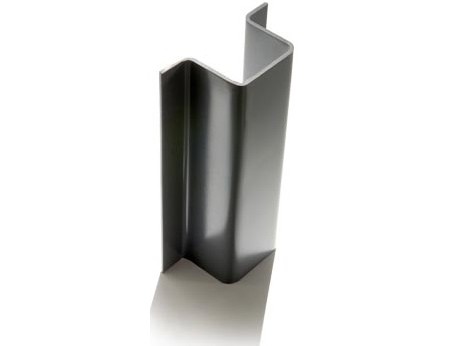 Roll Forming
Roll Forming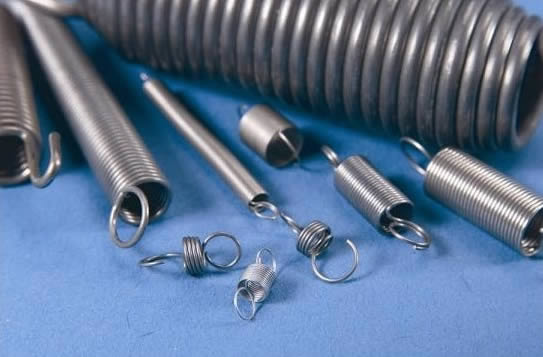 Springs
Springs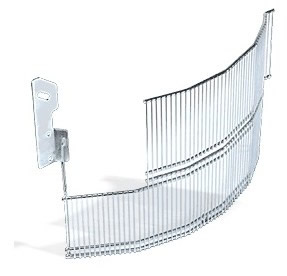 Wire Forms
Wire Forms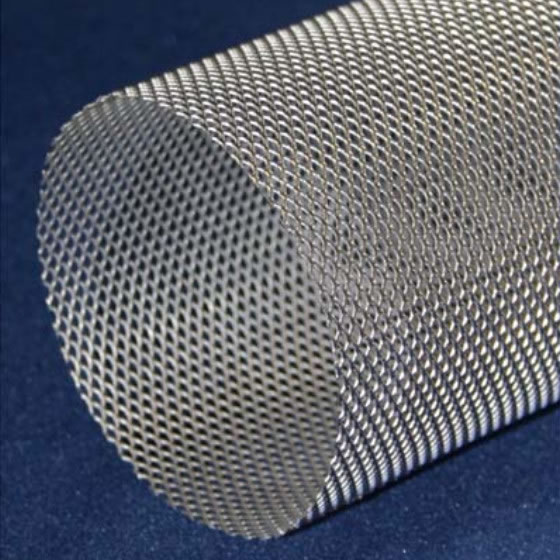 Wire Mesh
Wire Mesh Castings & Forgings
Castings & Forgings Bulk Material Handling
Bulk Material Handling Electrical & Electronic Components
Electrical & Electronic Components Flow Instrumentation
Flow Instrumentation Hardware
Hardware Material Handling Equipment
Material Handling Equipment Metal Cutting Services
Metal Cutting Services Metal Forming Services
Metal Forming Services Metal Suppliers
Metal Suppliers Motion Control Products
Motion Control Products Plant & Facility Equipment
Plant & Facility Equipment Plant & Facility Supplies
Plant & Facility Supplies Plastic Molding Processes
Plastic Molding Processes Pumps & Valves
Pumps & Valves Recycling Equipment
Recycling Equipment Rubber Products & Services
Rubber Products & Services